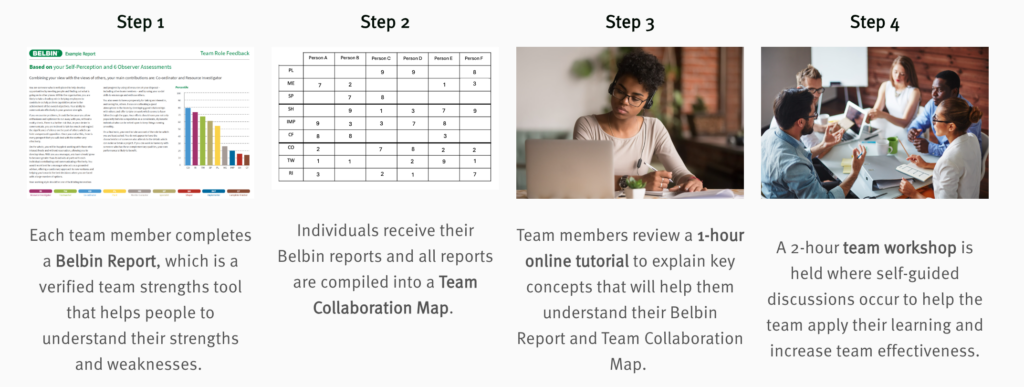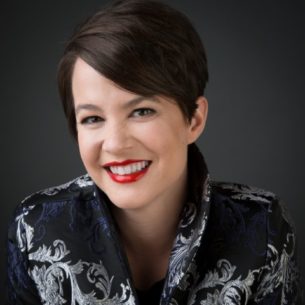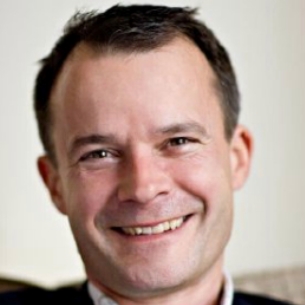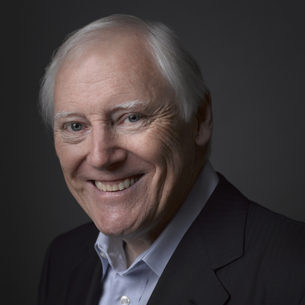To learn and understand ourselves better, we need to broaden our perspective – to look at ourselves through a new lens. It may sound obvious, but we need to move beyond what we already know. It’s important that we’re open to receiving new information; that we look for this information in the right places, and that we interpret it correctly, so we can act on it.
When Dr Meredith Belbin’s research team set out to investigate why some teams succeed and others fail, they did it by observing teams in action.
“The Observer Assessments are essential, I think for the programme that we use it on the most, a big part of it is raising self-awareness. We’ve used lots of tools over the years and we had to go back to using Belbin because with the behavioural element, the observations, it just heightens people’s self-awareness.”
© Copyright 2023 3Circle Partners
DBA Belbin North America
All rights reserved.



Patrick offers more than 25 years of experience with some of the most successful businesses in Europe as a consultant, change manager and executive coach.
